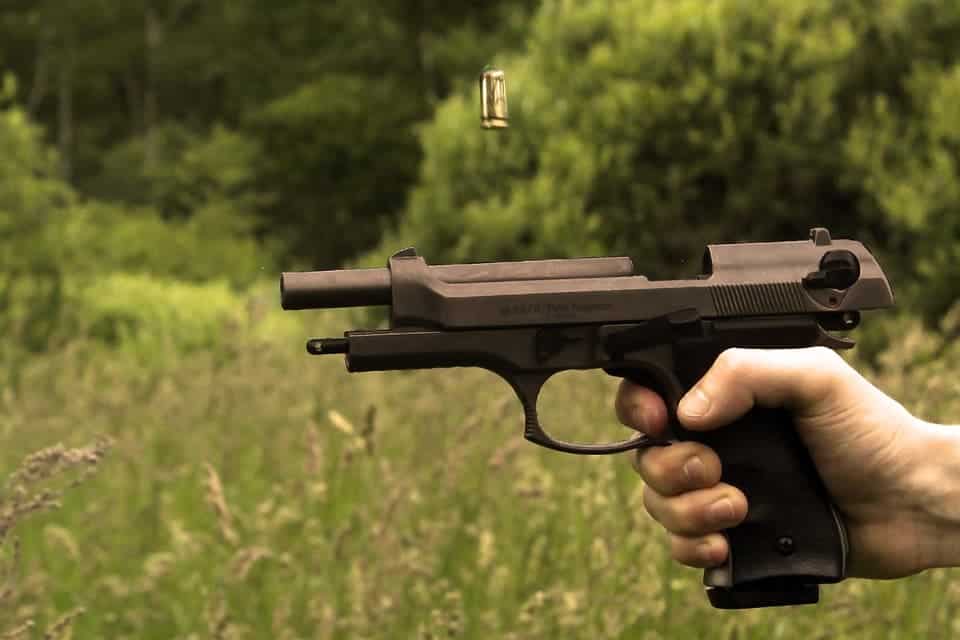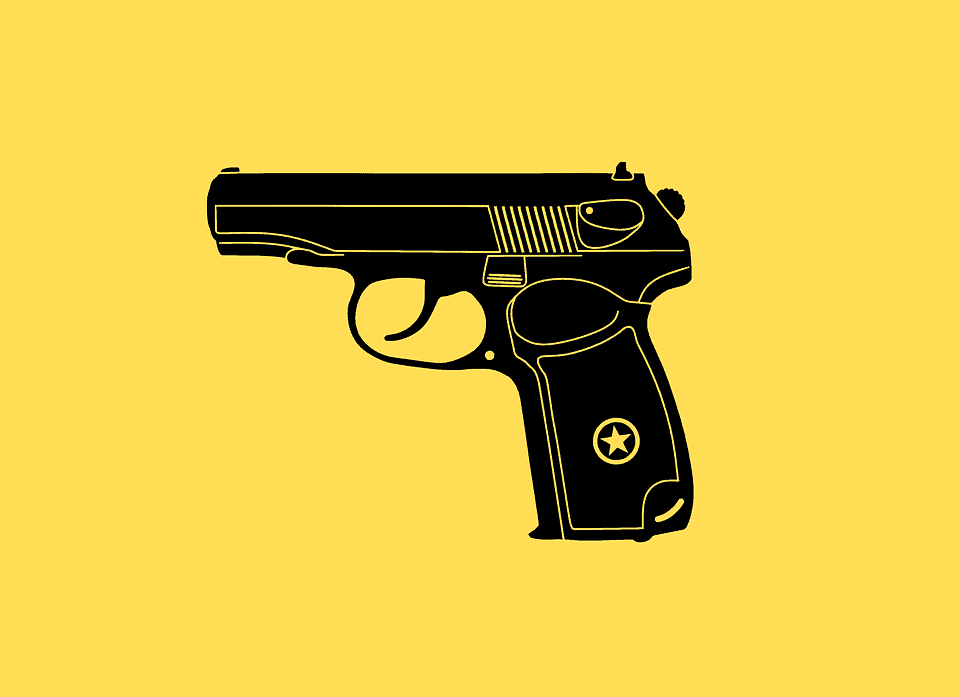A survey of nearly 3,000 gun owners in Washington suggests that around 40% of them do not lock up their guns — not even around kids.

The study was carried out at gun safety events held in sporting goods stores across Washington with participants who were waiting to receive free firearm storage devices. The team asked participants to fill in a one-page survey asking how they stored guns at home and other household information.
Gun-ho
“Even in this population, which clearly had some interest in or awareness of firearm safety, there was a high prevalence of unlocked firearms,” said lead author Aisha King, who worked on the study while a graduate student at the University of Washington’s (UW) School of Public Health.
The team reports that 40% of the respondents to the survey reported having at least one unlocked firearm in their home. Roughly 39% said that they kept a loaded gun at home, 39.1% stored at least one firearm loaded, and 14% stored all guns unlocked and loaded. The researchers add that the presence of children under 11 years of age in the home did not seem to have an effect on gun safety practices, citing 10 previous surveys carried out at gun-related events in Washington cities between 2015 and 2018.
The firearm safety events were held in Monroe, Tacoma, Kirkland, Wenatchee, Seattle, Lacy, Mount Vernon, Moses Lake, Silverdale, and Federal Way. They were organized by Seattle Children’s Hospital in partnership with UW Medicine’s Harborview Injury Prevention & Research Center, public health agencies, local hospitals in each city, community organizations, and Safe Kids coalitions.
In addition to taking the survey and receiving a free firearm safety device (a lockbox or trigger lock), participants at the events also received training on safe firearm storage and proper use. Storing firearms locked and unloaded is associated with a greater than 70% reduction in the risk of unintentional and self-inflicted firearm injuries among young people, the team explains.
“The purpose of the events is to increase the use of safe firearm storage, an evidence-based strategy to reduce firearm related injuries and deaths,” said Elizabeth Bennett, co-author and director of community health and engagement at Seattle Children’s.
“Our goal is to create a comfortable environment to learn about locking up firearms and to have the devices ready to use right away.”
Male gun owners were the single largest demographic attending these events, which the team found ideal. King explains that it’s a very important part of the population to educate on this subject as men represent the majority of gun owners (of 2956 participants in this study, 58.3% were male). When gun safety interventions are held in pediatrician offices or similar clinic settings, the authors explain, most parents or guardians who attend are female.
Almost all of the participants who filled out the survey said that they plan on using the safety device within the following week.
“A lot of times, the kids do know [where the guns are and how to access them]” King said. “Also, guardians might think that training adolescents or older children is enough to keep them safe, that training means they don’t have to lock their guns. Unfortunately, a lot of adolescents are at high risk of suicide, and unlocked guns add to that risk — regardless of training.”
The paper “Firearm storage practices in households with children: A survey of community-based firearm safety event participants” has been published in the journal Preventive Medicine.






